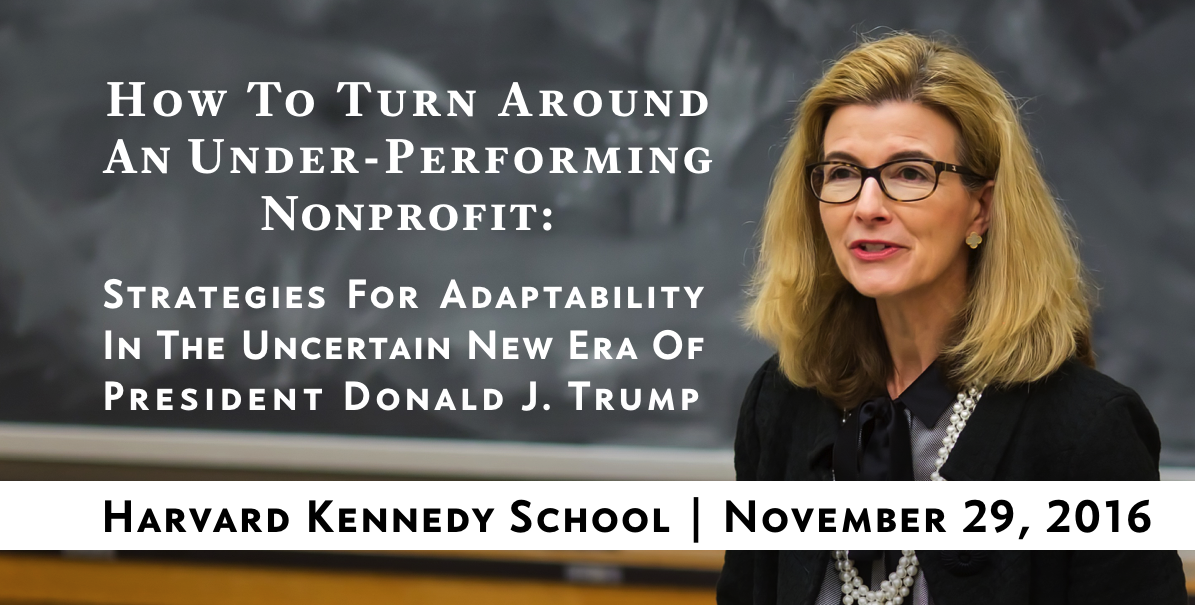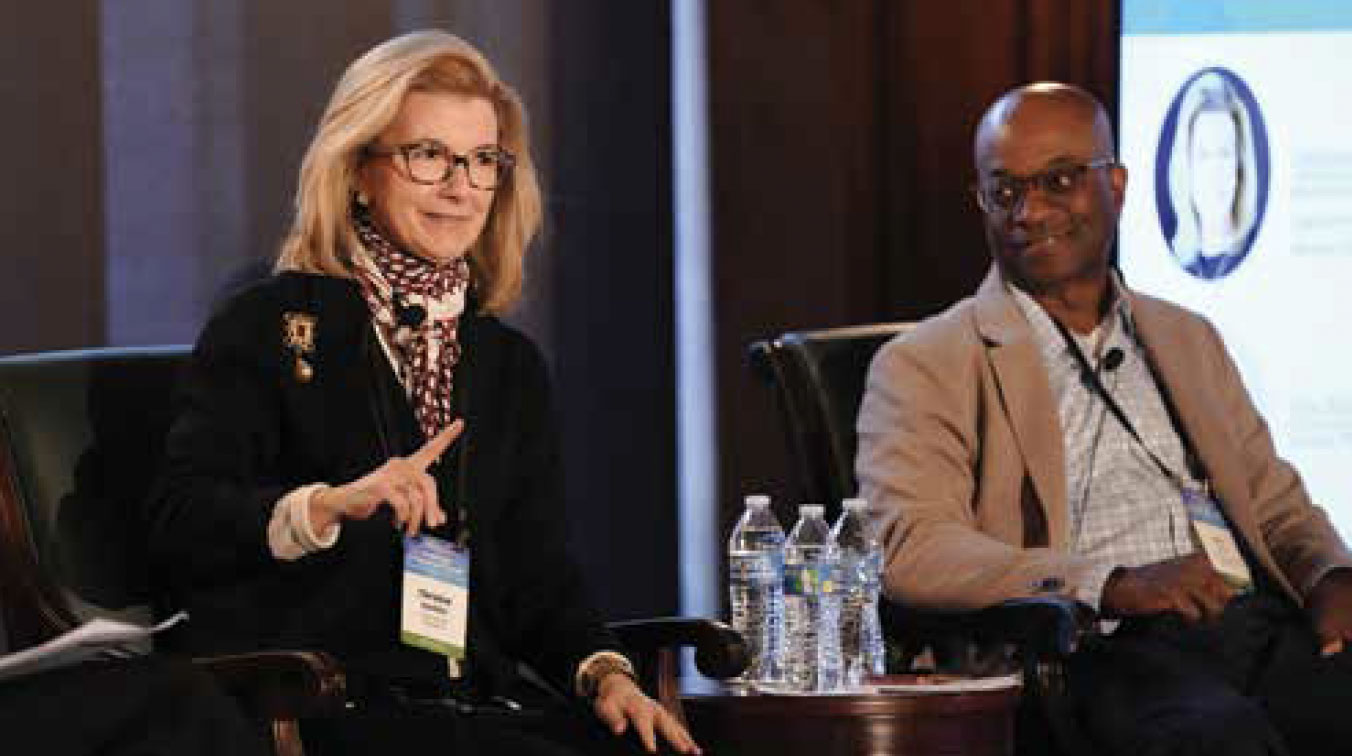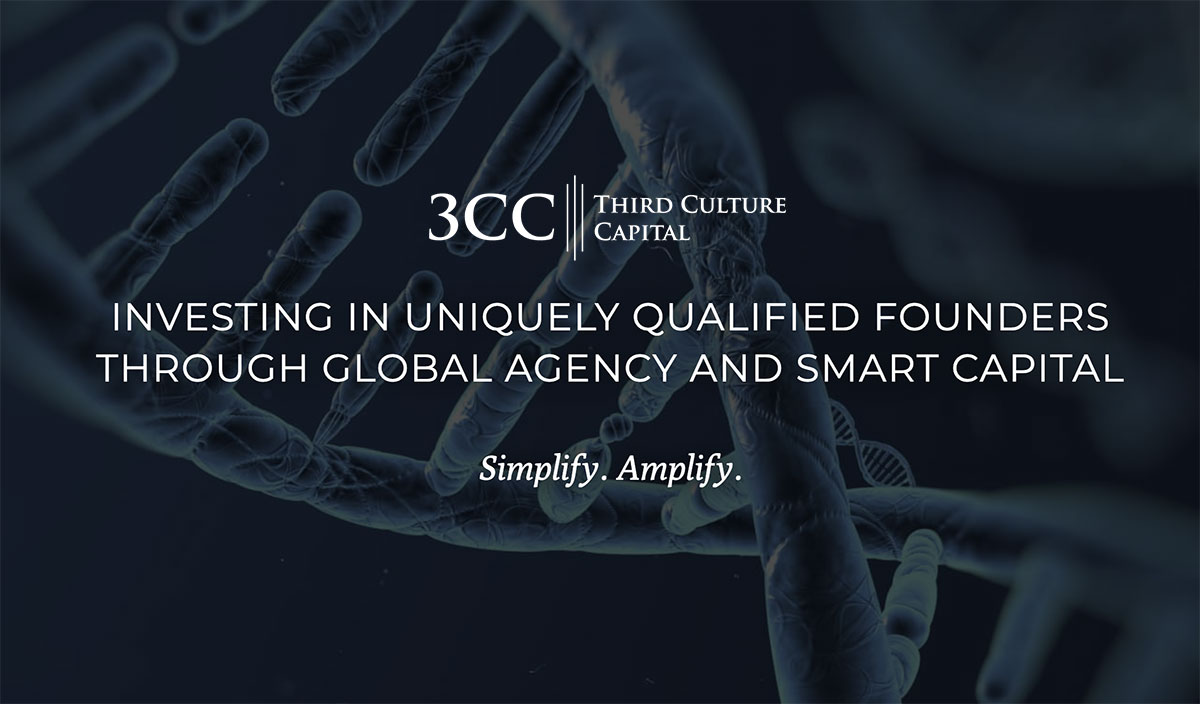I recently had the pleasure of leading a “Nonprofit Turnaround” session at Harvard’s Kennedy School of Government.
Bright, committed attendees made this Kennedy School event a pleasure and privilege. Together, we addressed governance and leadership requirements, as well as key approaches in “diagnosing” organizational issues.
My premise: Turning around an under-performing organization has always presented difficult strategic choices. But these challenges may become even more challenging, complex and uncertain in the Trump Era. We can’t yet know exactly how 2017 will change the nonprofit environment, but this much is undoubtedly true: Every nonprofit needs to be adaptive and responsive to the changing social, economic and political environment.
This imperative for adaptability is not limited to underperforming nonprofits, however. In this new, potentially shifting landscape, smoothly performing enterprises may be impacted as well. So it is timely for nonprofits, for-profits, family-owned and private equity portfolio companies to conduct an organizational assessment — to ensure they are positioned to quickly and decisively move on new opportunities, as well as be prepared to avoid negative impacts of unforeseen challenges. This way, the organization is “refreshed” and structured for agility, flexibility and sustainability.
U.S. presidential elections have always been known to usher in significant changes to the social, political and business arenas. But there is something different about the intensity, polarization, and speed-of-change that’s becoming “the new normal” today. Given these unprecedented election dynamics, uncertainties now are rampant about exactly what lies ahead. As we enter this next phase of “The Trump Era,” I’m offering this advice to my clients:
“In these changing times, all organizations (nonprofit, for-profit, family-owned or private equity portfolio companies) need an organizational review — whether they are running smoothly or in need of a “turnaround” or performance improvement. Each one needs to be optimally positioned for agility, flexibility and sustainability.”
Organizational Strategy
Perhaps your organization is among those that completed a strategic review in the past few years. If so, congratulations! Now it’s time to do it again—because even if the ink is barely dry on your strategic plan you need to revisit its underlying assumptions. Do you really understand your customers as well as you think you do? Perhaps so. But do consider the massive amounts of money, time and talent that were spent last year on “taking the pulse” of the American people—and getting it wrong. Might it be possible that your organization has likewise missed a signal during this time of sweeping social and political change? Why not take the time to find out?

Organizational Assessment
In my experience, conducting an Organizational Assessment is always a worthwhile exercise—even if it only reconfirms the validity of your existing plans. More often than not, however, such an assessment will identify and highlight significant issues that stand in the way of your organization’s effectiveness, adaptability and sustainability.
One tried-and-true approach in conducting an Organizational Assessment is to identify key functions and critical stakeholders — and the graphic shown at the top of this page is where I typically begin these strategic conversations with management teams and boards. Specific challenges and uncertainties will vary by industry — but there are common core components of the assessment to consider and customize. (For example, the “planning map” here shows an organizational review process for nonprofits; needless to say, the cast-of-stakeholders changes when conducting this process for organizations in the for-profit sector.)
These are the three phases I follow in helping clients achieve the adaptability needed for sustainable success in a rapidly changing environment:
1. Conduct an end-to-end Organizational Assessment to “diagnose” issues:
- How much time does the organization have? Determine urgency.
- Identify key stakeholder groups
- Conduct 1:1 interviews with board, staff and customers – LISTEN CAREFULLY
2. Develop a detailed turnaround/sustainability plan
- Set priorities (a 2×2 matrix may be helpful)
- Identify persons responsible for tasks and due dates
- Engage stakeholders to be part of the solution
- Develop a Change Management program
3. Focus relentlessly on EXECUTION
- Select a full-time Project Manager
- Identify goals and measure progress along the way
- Deploy the resources required to achieve goals
- Communicate, communicate, communicate — progress/challenges/successes regularly and frequently
- Celebrate achievements
Of the three phases, by far the most challenging for organizations is EXECUTION. That phase requires discipline, accountability, the commitment of visible leadership at the highest level in the organization, and a robust Change Management program to engage all stakeholders in moving the company forward.
At the same time, leadership needs to continue to “scan the horizon” for new opportunities and early identification of possible challenges — always asking “What’s next?”




